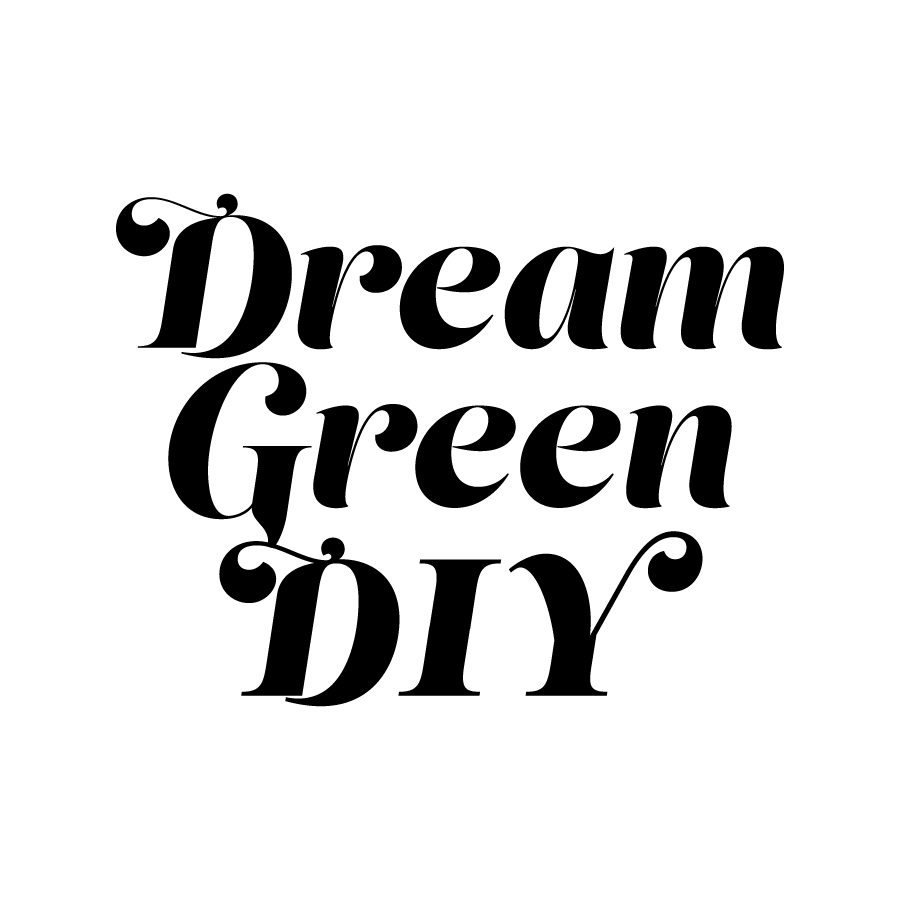.jpg)
*Today’s post was made possible by Burrow, and features gifted product for the purposes of a candid review. All opinions are my own.
Remember a month ago when I debuted this new look in our guest room? To recap in case you missed it, John and I decided to turn our rarely used guest room into a sofa lounge. We don’t really ever have overnight guests since my parents have a larger house just a few miles away with plenty of room to spare for visiting family, so our guest room was practically just for show. It was wasted space, so we swapped the bed out for our existing living room sofa so that we could use the room for lounging, conversation, playing with our pets, and reading. I’ve already used the room so much more often now that it’s a sofa zone, but making this furniture shift did sort of leave us with two problems: (1) no room for our very occasional guests, and (2) our living room was now sofa-less since we moved the one we had into the back bedroom.
.jpg)
.jpg)
Point being, we needed a new couch, and we were also contemplating the concept of a pull-out sofa that could serve as a place for our overnight visitors. As fate would have it, Burrow reached out around this time to tell us all about their new Span Sleeper Storage Sectional. It sounded absolutely perfect, so I jumped at the chance to be part of the campaign. Today’s blog post review isn’t part of that campaign (you can see the video that was here on my Instagram), but I wanted to share this longer-form review on my blog as a bonus for the brand since we genuinely are so impressed with the sofa.
Frankly, photos just don’t do this couch justice, so make sure you watch the video I produced here. That will show you exactly how to turn the couch into a bed. It’s so simple, though! You just tuck your hands in the gap between the bench cushions and the back of the couch, grab onto the fabric handles there, and pull to unfold. The sofa bench turns into a full queen-size bed in just a few seconds, and is immediately ready for sheets and blankets, which we store in the pop-up trunk built right into the end of the sofa’s chaise lounge. Even the covers on the decorative throw pillows on the couch can be unzipped to reveal standard size bed pillows so you don’t need to go drag those out from some other storage area in your house. I’m telling you…Burrow really thought of everything with this sleeper sofa.
.jpg)
.jpg)
.jpg)
.jpg)
.jpg)
When it came time to choose a color for our Span, we ultimately went with “Sage Green” to go along with the moody color story already going on in our formal front living room. I love the sophisticated lounge vibe this color creates in the space alongside our dark blue/green walls. If you prefer a lighter look, the Span comes in other colors, too, like light gray and cream (in addition to dark charcoal gray and navy blue). You can also get this couch in other configurations, like a smaller, more traditional sofa shape that doesn’t have the chaise—perfect if you live in a more compact space. I lounge on this couch every day to watch TV, and John and I will occasionally pull out the sofa bed for ourselves when watching a movie after dark. It’s so much fun but also so handy to have in case we ever do happen to host guests later on.
.jpg)
.jpg)
.jpg)
.jpg)
That series of photos above demonstrates just how easy it is to take the couch from “bed” back to “sofa” again. Just one quick fold, and you’re done! And then you can slip all of your bedding into the hidden storage space inside the chaise lounge, so you never have to schlep linens from that closet on the other side of the house (at least that’s how it would have been for us).
We’ve had the sofa for about a month now, and have nothing but good things to say. It’s super solid, and was straightforward to assemble. Just make sure you have a partner to help you with assembly, and set aside more time than you think you’ll need to do it. I think it took us a little over an hour to get our sofa finished and in place. The cushions are on the firm side, but I think that’s pretty standard when it comes to sleeper sofas. The fabric feels really high end and durable, though, and it, so far, has held up really well to our pets’ claws. I can’t say that about other couches we’ve had in this room…
This wasn’t planned, but I happen to be blogging about this sofa during Burrow’s Memorial Day Sale, so you can get the couch for a pretty hefty discount ($800 off and free shipping) now through May 27. Click here to pick your favorite color and configuration, and you can use the comments section of today’s post to ask any questions about the sofa before you make the investment. I’m an open book, so ask away!
.jpg)
.png) *This post contains affiliate links, which means that I earn a small commission when you purchase products that I recommend at no additional cost to you. This allows me to provide free creative content for you to read, save, and share. Rest assured that I never recommend products we wouldn’t use or don’t already love ourselves.
*This post contains affiliate links, which means that I earn a small commission when you purchase products that I recommend at no additional cost to you. This allows me to provide free creative content for you to read, save, and share. Rest assured that I never recommend products we wouldn’t use or don’t already love ourselves.

.jpg)
.jpg)
.jpg)
.jpg)




Has it been comfortable as a sofa? Reading a few comments that it can be a bit stiff and that the cushions don’t hold up because it’s also a sleeper sofa!
Yes, definitely! It’s firm, but we like it! The cushions have held up without any problems at all so far.
Hi, 2 questions! First, how did the delivery of the couch go? I live in a high rise with a tiny elevator, so I’m looking for something that comes in many small boxes. Second, do you find the couch comfy to lounge on? Is the seat depth and back height comfortable? Thank you!
Delivery was great! It came in a lot of large boxes, but nothing bigger than an average human! I would think they could easily fit in an elevator. And, yes, it’s super comfy! The cushions are firm, but even my mom was saying yesterday that she thinks it’s one of the coziest couches we’ve ever had (and we’ve had a LOT of couches, haha!). Seat depth is very generous, and the height at the back is great!
Now that it’s the end of November, how is it? Do you still like it?
Yes, absolutely! It’s still one of our favorite couches!